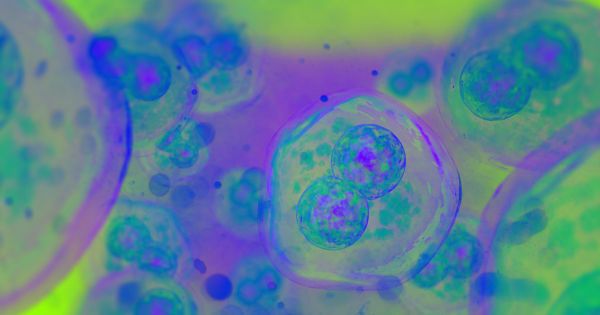The cryonics debate explained, plus new issues in waking the dead. Would cryonics customers even be welcomed in the future?
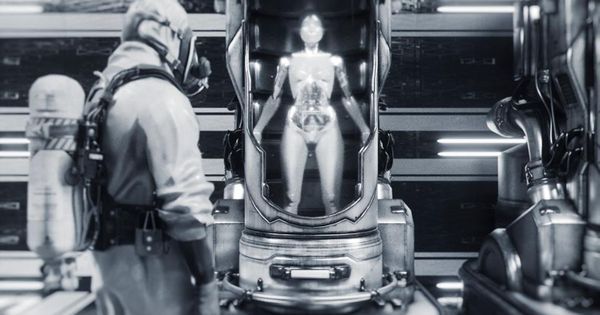


The rabbit-sized heart was made from a patient’s own cells and tissues, using techniques that could help to increase the rate of successful heart transplants in future.
How it worked: A biopsy of tissue was taken from patients, and then its materials were separated. Some molecules, including collagen and glycoproteins, were processed into a hydrogel, which became the printing “ink.” Once the hydrogel was mixed with stem cells from the tissue, the researchers from Tel Aviv University were able to create a patient-specific heart that included blood vessels. The idea is that such a heart would be less likely to be rejected when transplanted. The study was published in the journal Advanced Science.
Let it flow: Until now, researchers have only been able to print simple tissues lacking blood vessels, according to the Jerusalem Post.
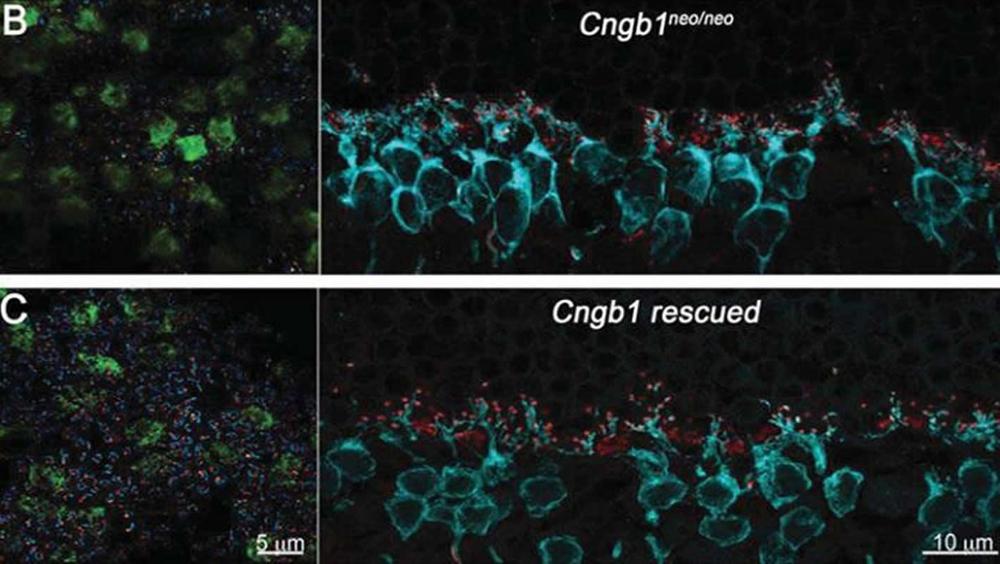
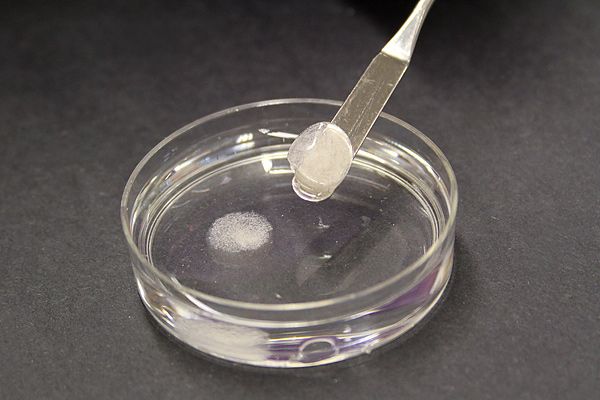
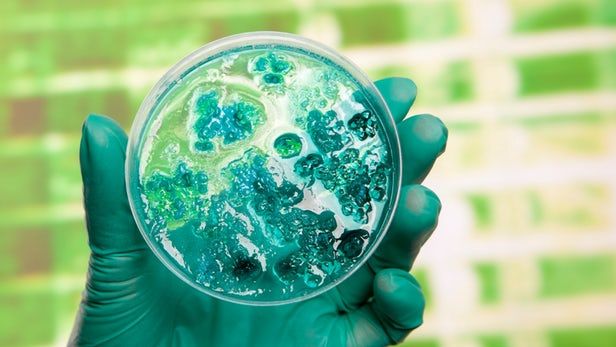
Evolution is one of nature’s most impressive forces, allowing organisms to adapt to changing environments to survive. By harnessing and guiding that process scientists have managed to manipulate micro-organisms into producing useful new drugs and materials, but it’s still a time-consuming process. Now, researchers at the University of North Carolina (UNC) have developed a new tool that speeds up the process in mammalian cells, creating new therapeutics in a matter of days.

Think of DNA and chances are the double helix structure comes to mind, but that’s only one piece of the puzzle. Another major part is mitochondrial DNA, and in plants that’s even more important – and so complex that scientists haven’t yet been able to edit the genes in there. Now a team of Japanese researchers has managed to do just that, which could help improve the genetic diversity of crops.
Dr Aubrey de Grey doesn’t just believe that aging, and the suffering that comes with it, can be slowed down — he believes it can be undone altogether.
What’s more, he thinks we are merely a few years away from making the scientific breakthroughs that will enable the medical field to put an end to death related to ageing — for good.
His independently funded non-profit, the SENS Foundation, is at the forefront of radical research that combines the problem solving approaches of technology with geriatric medicine.
In this conversation, he talks to Rob about his refusal to age gracefully, the biases of modern science, immortality, and why he won’t waste his time thinking about whether or not God exists.
▶▶ NEW EPISODE EVERY WEDNESDAY!
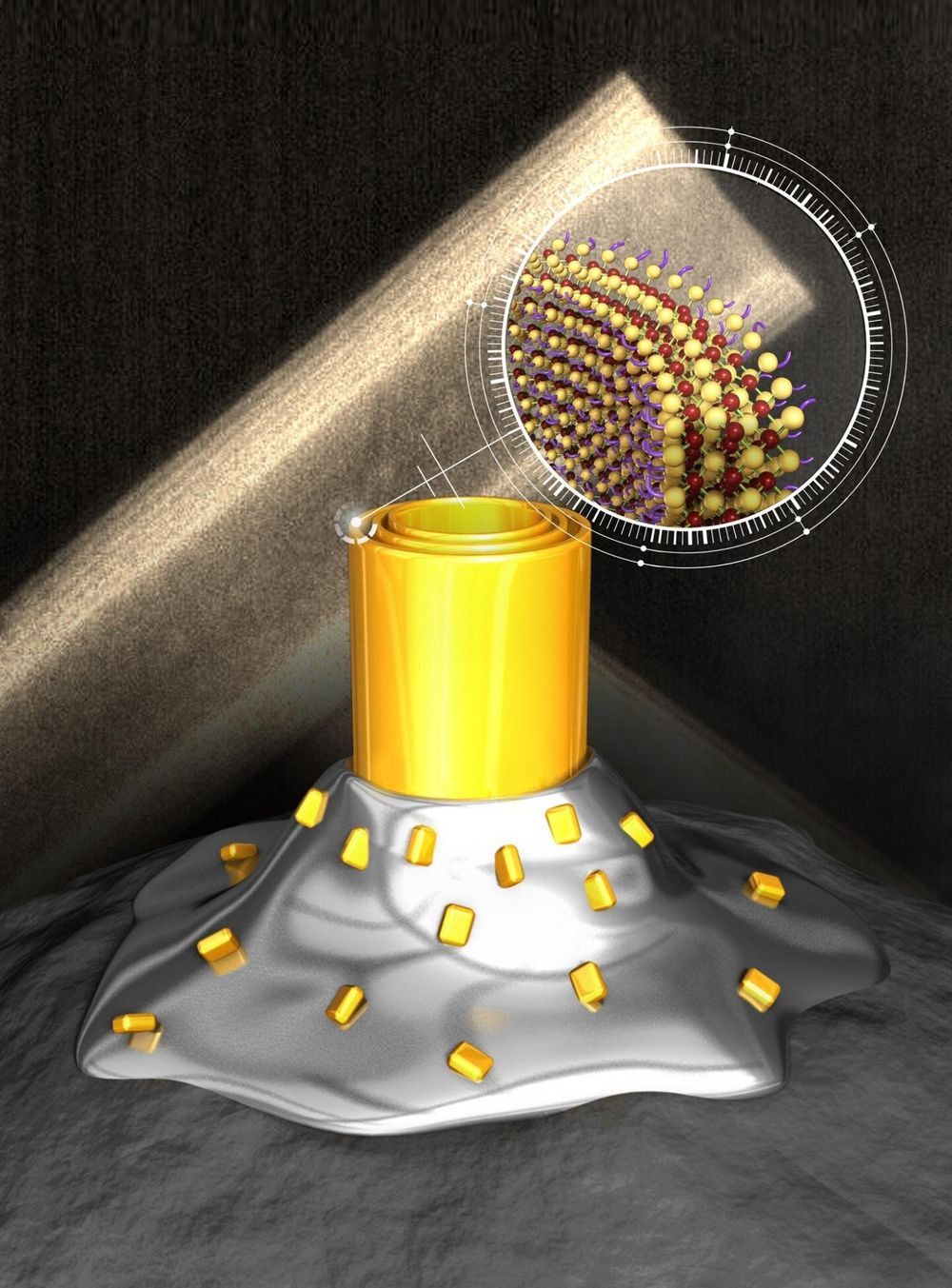
If scientists could find a way to control the process for making semiconductor components on a nanometric scale, they could give those components unique electronic and optical properties—opening the door to a host of useful applications.
Researchers at the Laboratory of Microsystems, in EPFL’s School of Engineering, have taken an important step towards that goal with their discovery of semiconducting nanotubes that assemble automatically in solutions of metallic nanocrystals and certain ligands. The tubes have between three and six walls that are perfectly uniform and just a few atoms thick—making them the first such nanostructures of their kind.
What’s more, the nanotubes possess photoluminescent properties: they can absorb light of a specific wavelength and then send out intense light waves of a different color, much like quantum dots and quantum wells. That means they can be used as fluorescent markers in medical research, for example, or as catalysts in photoreduction reactions, as evidenced by the removal of the colors of some organic dyes, based on the results of initial experiments. The researchers’ findings have made the cover of ACS Central Science.
An apple a day won’t keep the doctor away for much longer. C02 pollution is sucking the nutrients out of our healthiest foods. #YEARSproject
